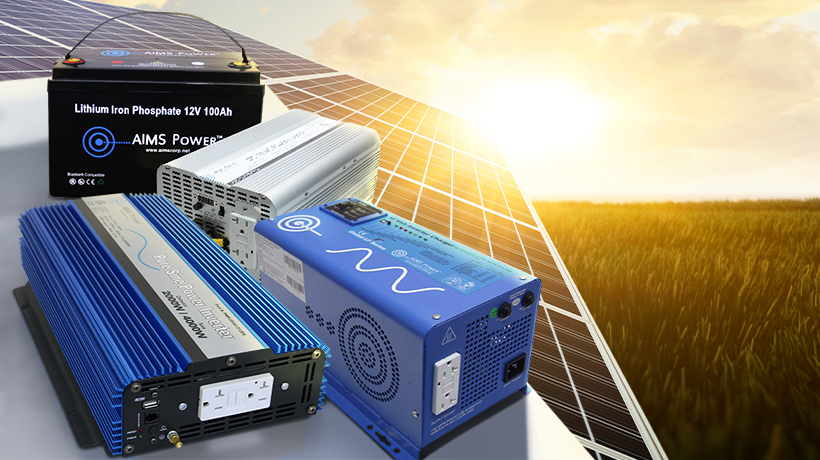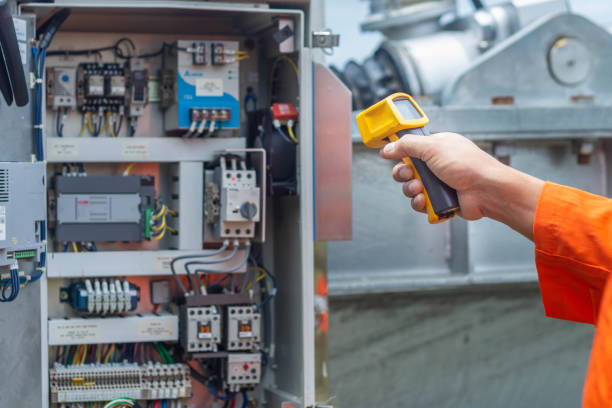
In the realm of electrical devices, power inverters stand as silent yet indispensable heroes, transforming the way electricity is utilized. From enabling off-grid living to facilitating emergency power backup systems, these devices play a pivotal role in converting direct current (DC) electricity into alternating current (AC), making it suitable for a wide array of appliances and electronics.
Understanding Power Inverters:
A power inverter serves as a bridge between various power sources like batteries, solar panels, or wind turbines and the electrical devices we use daily. By converting DC to AC power, it ensures that even in areas without direct access to the grid, individuals can harness electricity efficiently. This technology has seen widespread use in recreational vehicles, boats, renewable energy systems, and backup power solutions.
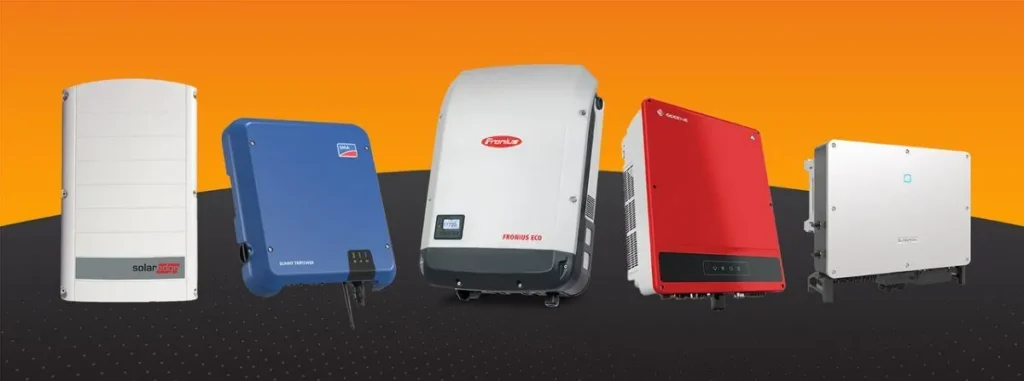
Types of Power Inverters:
Modified Sine Wave Inverters:
Modified sine wave inverters are the most common and economical type of inverters. They produce an AC output waveform that approximates a sine wave but in a stepped or square waveform. While they can power many standard appliances, they might not be suitable for more sensitive electronics. Devices like simple motors, resistive heating elements, and basic electronics can typically function well with this type of inverter. However, certain appliances, such as some digital clocks, variable speed motors, or audio equipment, might experience reduced efficiency or produce humming noises when powered by a modified sine wave inverter.
Pure Sine Wave Inverters:
Pure sine wave inverters produce a clean and smooth electrical output that replicates the waveform of utility grid power. This type of inverter is more expensive but offers compatibility with all types of appliances and electronics, including sensitive devices like medical equipment, laser printers, digital clocks, and variable speed motors. Pure sine wave inverters ensure optimal performance and efficiency of connected devices by providing a power output similar to that of the grid.
Grid Tie Inverters:

Specifically designed for use in grid-connected solar power systems, grid tie inverters synchronize with the utility grid. They convert DC power generated by solar panels into AC power, allowing excess electricity to be fed back into the grid. These inverters comply with grid standards and often incorporate features like maximum power point tracking (MPPT) to ensure efficient energy conversion from the solar array.
Micro inverters:
Micro inverters are compact, individual inverters installed directly on or near each solar panel in a photovoltaic system. Unlike traditional string or central inverters used in solar installations, micro inverters optimize the power output of each panel independently. This setup helps mitigate issues such as shading or panel mismatch, resulting in increased overall system efficiency.
Off-Grid Inverters:
Off-grid inverters work in standalone systems, disconnected from the utility grid. These inverters often accompany battery banks in off-grid applications, such as in remote cabins, RVs, boats, or emergency backup systems. They efficiently convert DC power from batteries or other sources like wind turbines into usable AC power for various appliances and devices.
Understanding the differences between these types of power inverters is crucial when selecting the most suitable option for specific applications, ensuring compatibility with the devices being powered and optimizing overall system performance.
various applications and uses of power inverters:
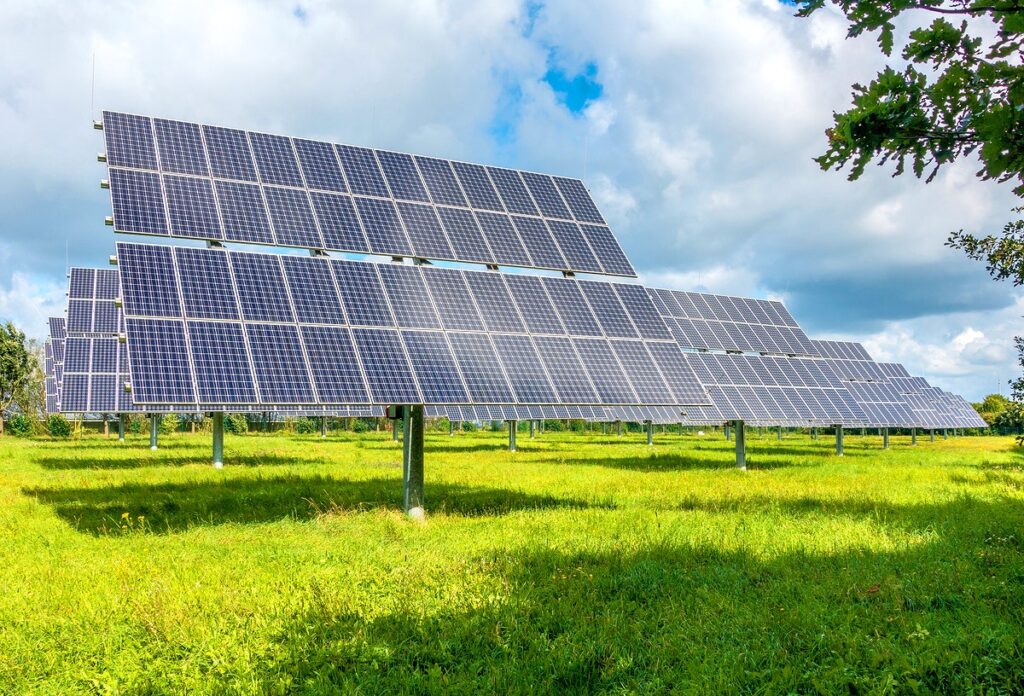
Off-Grid Power Supply:
Power inverters are indispensable in off-grid settings where access to the traditional power grid is limited or unavailable. They allow individuals living in remote areas, cabins, or off-grid homes to generate and utilize electricity from sources like solar panels, wind turbines, or generators. Inverters convert DC power from batteries or renewable sources into usable AC power for lighting, appliances, and other electrical devices.
Recreational Vehicles (RVs) and Boating:
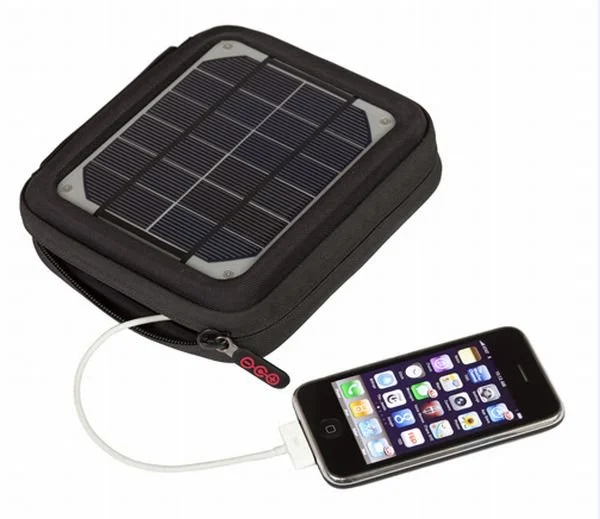
Inverters play a vital role in RVs, campers, and boats, enabling travelers to power appliances and electronics while on the move. In these mobile settings, inverters connected to batteries or auxiliary power sources provide electricity for lighting, refrigeration, entertainment systems, and other conveniences, offering a comfortable living experience.
Emergency Backup Power:
Power inverters are crucial components of backup power systems. They ensure continuity of essential electrical devices during power outages or emergencies. By connecting batteries or backup generators to inverters, households, businesses, or critical infrastructure can maintain functionality of lights, communication devices, medical equipment, and other vital systems until grid power is restored.
Renewable Energy Systems:
Inverters are an integral part of solar power and wind energy systems. They convert the DC electricity generated by solar panels or wind turbines into AC power suitable for home or commercial use. Grid-tie inverters synchronize with the utility grid, allowing surplus energy to be fed back into the grid, contributing to energy savings and potentially generating revenue through net metering or feed-in tariffs.
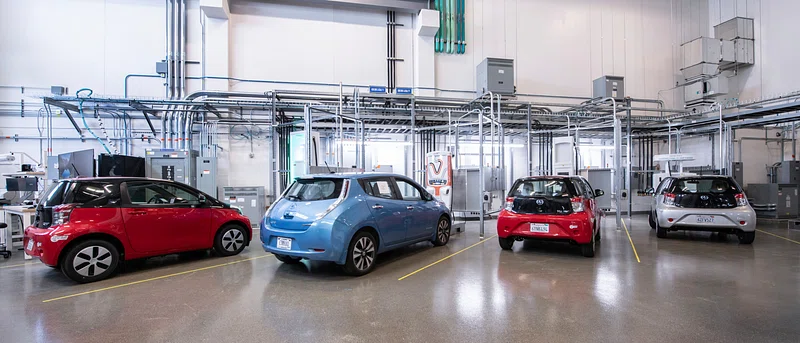
Mobile Charging Stations:
Power inverters are utilized in mobile charging stations for electric vehicles (EVs) or plug-in hybrid electric vehicles (PHEVs). They convert DC power from the charging station to the AC power required by the vehicle’s onboard charger, facilitating the charging process for electric automobiles.
Industrial and Commercial Applications:
Industries and commercial establishments often use power inverters to ensure consistent and reliable power supply for various equipment and machinery. Inverters can be employed in manufacturing processes, telecommunications, data centers, and other operations that require uninterrupted power to prevent costly downtime.
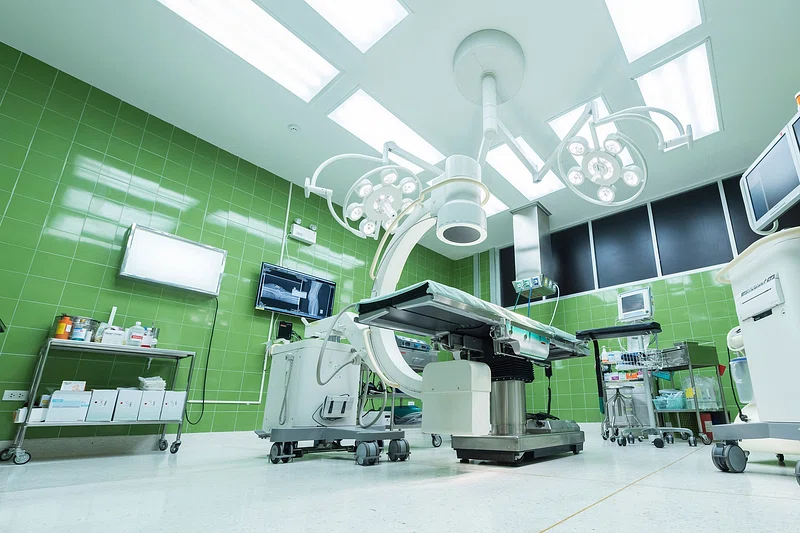
Healthcare and Medical Equipment:
Medical facilities and healthcare providers rely on power inverters to maintain a stable and uninterrupted power supply for critical medical equipment. Inverters ensure that devices such as ventilators, life-support systems, diagnostic equipment, and other medical machinery operate continuously without disruptions, safeguarding patient care.
Understanding the diverse applications of power inverters is crucial in choosing the right type and capacity for specific needs, whether for recreational, residential, commercial, or emergency purposes.
How big of a Power Inverter do I need?
Determining the appropriate size or capacity of a power inverter depends on the total wattage of the devices or appliances you intend to power simultaneously. To calculate the size of the inverter needed, follow these steps:
List the Wattage of Devices:
Make a list of all the devices or appliances you plan to power with the inverter. Check the power rating (in watts) of each device. You can usually find this information on a label or in the device’s user manual.
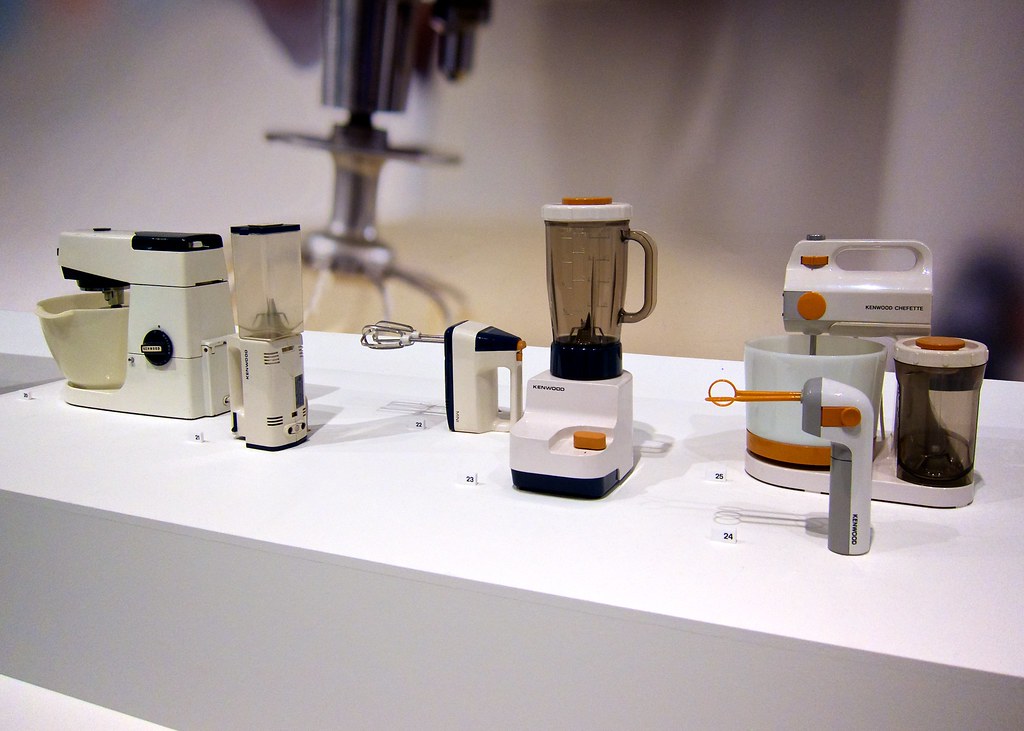
Determine Total Wattage:
Add up the wattage of all the devices you plan to use simultaneously. For example, if you intend to power a laptop (60W), a lamp (40W), and a small refrigerator (100W) at the same time, the total wattage would be 60W + 40W + 100W = 200W.
Consider Surge Power:
Some devices have a higher power requirement when starting up or during initial operation, known as surge power. The inverter you choose should be able to handle both the continuous power required for normal operation and any potential surge power. For instance, if a device has a surge power requirement of 300W but a continuous power requirement of 200W, ensure the inverter’s capacity can handle both values.
Select an Inverter Size:
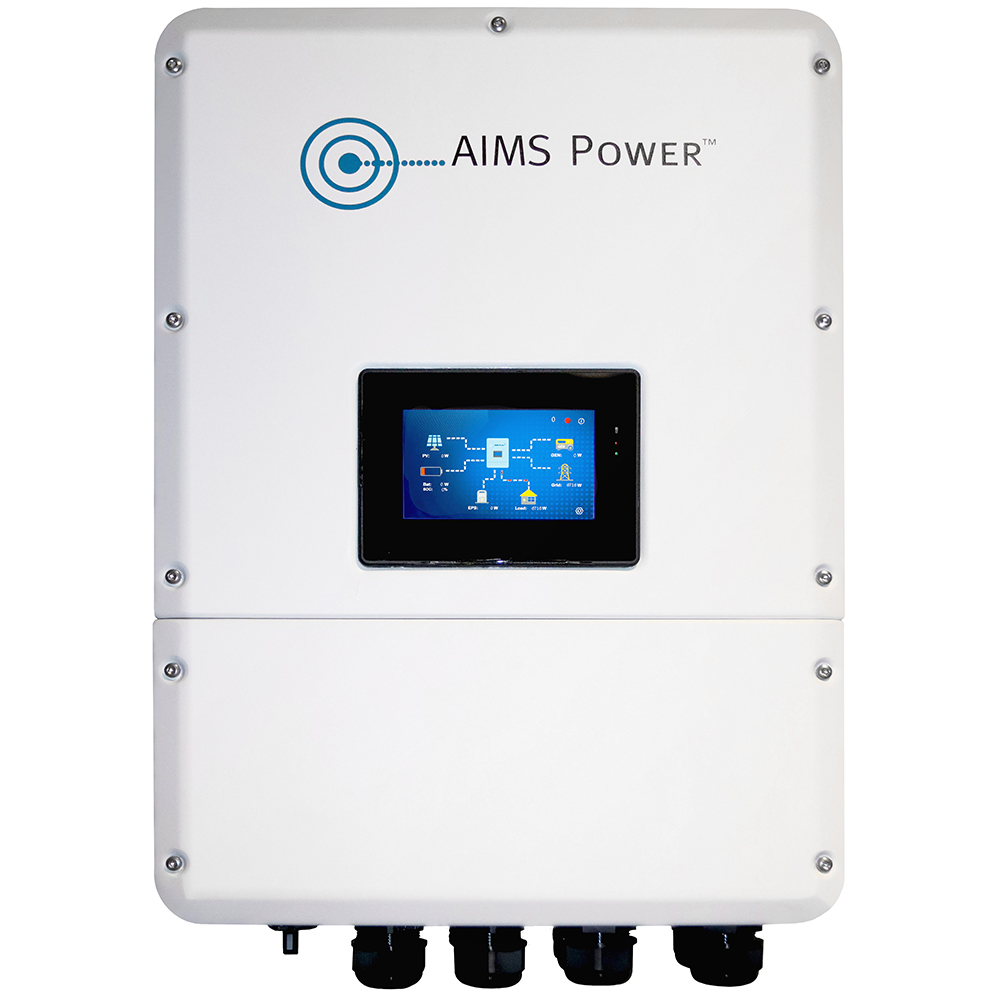
Once you have the total wattage needed, choose an inverter with a capacity slightly higher than this total. It’s advisable to have some headroom or a buffer, so the inverter operates efficiently without being pushed to its maximum capacity, which can reduce stress on the inverter and enhance its longevity.
For example, if the total calculated wattage of the devices is 200W, consider opting for an inverter with a capacity of around 250W to 300W to provide a comfortable margin and accommodate any potential power fluctuations or additional devices in the future.
Keep in mind that certain sensitive electronics or appliances might require a pure sine wave inverter for optimal performance and to prevent potential damage. Hence, when selecting an inverter, consider not only the size in terms of wattage but also the type of inverter required for the devices being powered.
By calculating the total power requirements of your devices and allowing for a safety margin, you can choose an appropriately sized power inverter that suits your needs without overloading it or risking under performance.
Consider Inverter Efficiency:
Inverter efficiency is another crucial factor to consider. Most inverters have an efficiency rating, typically expressed as a percentage. This rating indicates how much of the DC power from the battery is converted into usable AC power. For instance, if an inverter has an efficiency rating of 90%, it means that 90% of the DC power is converted to AC power, while the remaining 10% is lost as heat.
Account for Inrush Current:
Some devices, especially those with motors or compressors like refrigerators or air conditioners, may have an initial inrush current significantly higher than their operating wattage. In such cases, consider a larger inverter to handle the brief surge in power required during startup without overloading the inverter.
Future Expansion:
If you anticipate adding more devices or appliances in the future, it might be prudent to choose an inverter with a higher capacity than your current requirements. This proactive approach ensures that you won’t need to replace the inverter if your power needs increase later on.
Type of Inverter:
As mentioned earlier, the type of inverter matters. Certain devices, particularly sensitive electronics or equipment, may require a pure sine wave inverter for optimal performance and to prevent potential damage. Ensure compatibility with the devices being powered when selecting the inverter type.
In summary, determining the right size of a power inverter involves calculating the total wattage of the devices, considering surge power, accounting for efficiency, anticipating future needs, and selecting the appropriate type of inverter. By following these steps and allowing for a safety margin, you can choose an inverter that matches your power requirements while ensuring reliability and longevity of the devices being powered.
How much will a 2000-watt inverter run?

A 2000-watt inverter can handle a variety of devices and appliances depending on their power requirements. The capability of a 2000-watt inverter typically allows it to power multiple smaller devices simultaneously or run one or more medium-sized appliances. Here’s a breakdown of what a 2000-watt inverter can generally handle:
Small Appliances and Electronics:
A 2000-watt inverter can power a range of smaller devices and electronics simultaneously. This includes laptops, computers, small kitchen appliances like blenders or microwaves, televisions, gaming consoles, lights, fans, and charging devices such as smartphones or tablets. Multiple smaller devices can be powered concurrently without overloading the inverter.
Medium-Sized Appliances:

It can also run medium-sized appliances individually, but not necessarily simultaneously. Appliances like refrigerators, sump pumps, power tools, coffee makers, air conditioners (small window units or portable units), and space heaters fall within the power range of a 2000-watt inverter. However, the inverter’s capacity might limit the simultaneous operation of multiple medium-sized appliances due to their higher power demands.
Powering RVs or Campers:
A 2000-watt inverter is often used in RVs or campers to power various devices and appliances commonly found in such settings. It can run a combination of smaller electronics, lighting, TVs, smaller air conditioners or heaters, and other devices typically used in recreational vehicles.
Limitations and Considerations:
While a 2000-watt inverter can handle a diverse range of devices, it’s crucial to consider the total power draw and avoid exceeding the inverter’s capacity. Some appliances, especially those with motors or compressors, may have a higher initial surge or startup power (known as inrush current) that temporarily exceeds the continuous power rating of the inverter. In such cases, ensure the inverter can handle these surges without overloading.
Pure Sine Wave vs. Modified Sine Wave:
When using sensitive electronics or equipment, it’s advisable to choose a pure sine wave inverter within the 2000-watt range. Pure sine wave inverters provide a clean and stable AC power output similar to the utility grid, ensuring compatibility and optimal performance for devices that might be sensitive to power quality.
In essence, a 2000-watt inverter offers versatility and can power a mix of smaller electronics, multiple devices simultaneously, or medium-sized appliances individually within its power capacity. Careful consideration of the power requirements of specific devices and managing the load appropriately ensures optimal performance and avoids overloading the inverter.
What is the highest watts in an inverter?
The maximum wattage or power rating of inverters can vary significantly based on their intended applications and the technology used. Inverter capacities can range from a few watts to several megawatts for specialized industrial or grid-scale applications. Here are details regarding the highest wattage available in inverters across various categories:

Residential and Commercial Inverters:
In the residential and commercial sectors, inverters typically range from a few hundred watts to several kilowatts. Common residential inverters may have capacities between 1,000 watts (1 kilowatt) to 10,000 watts (10 kilowatts) or higher for larger homes or commercial installations. However, it’s essential to note that the highest wattage available for inverters in this category is subject to manufacturer offerings, technological advancements, and market demands.
Utility-Scale and Grid-Tied Inverters:
Utility-scale inverters used in large solar farms or grid-tied systems have significantly higher power capacities. These inverters can range from tens of kilowatts to multiple megawatts (MW). Some of the largest utility-scale inverters can have power ratings exceeding 10 MW or even higher, enabling them to efficiently manage and convert the substantial amount of DC power generated by large solar arrays or wind farms into grid-compatible AC power.

Specialized Industrial and Power Plant Inverters:
In specialized industrial applications or power plants, inverters with exceptionally high capacities are utilized. These inverters can reach several tens of megawatts (MW) to hundreds of megawatts. They are commonly employed in utility-scale solar power plants, wind farms, and other large-scale renewable energy installations to convert the massive DC output of solar arrays or wind turbines into grid-ready AC power for transmission and distribution.
Hybrid or Grid-Scale Storage Inverters:
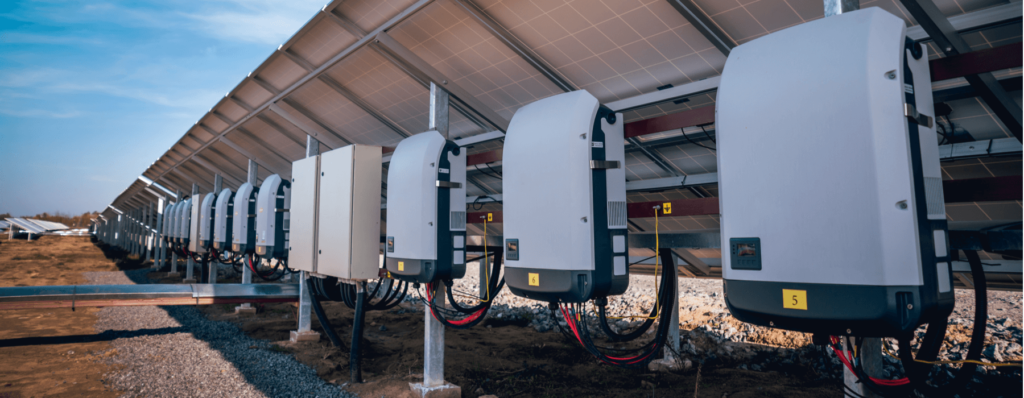
In the domain of hybrid or grid-scale storage systems that combine renewable energy sources with energy storage, such as batteries, inverters with substantial power ratings are used. These hybrid inverters manage the conversion of power between the renewable sources, energy storage, and the grid. Their power ratings can range from several kilowatts to multiple megawatts, depending on the size and configuration of the energy storage system.
The maximum wattage in an inverter is continually evolving due to advancements in technology, increasing demand for renewable energy integration, and the need for more efficient power conversion solutions. Manufacturers continually push the boundaries of inverter capabilities to meet the evolving requirements of diverse applications, from residential solar installations to utility-scale power plants.
What is the highest efficiency inverter?
The highest efficiency inverters available in the market are those designed to convert DC (direct current) electricity into AC (alternating current) with minimal energy losses during the conversion process. Inverter efficiency is a crucial factor as it determines how much of the input DC power is successfully converted into usable AC power. Here are details about the highest efficiency inverters:

Standard Inverter Efficiency:
Standard inverters typically have efficiencies ranging from 90% to 95%. This means that around 90% to 95% of the DC power input is converted into AC power, while the remaining percentage is lost as heat or in the conversion process. These inverters are commonly used in residential, commercial, and some utility-scale applications.
High-Efficiency Inverters:
High-efficiency inverters are specifically engineered to achieve superior conversion rates, often surpassing the standard efficiency range. Some high-efficiency inverters boast efficiencies of over 95% and can reach up to 99%. These inverters minimize energy losses, ensuring that a greater proportion of the input power is converted into usable AC electricity.
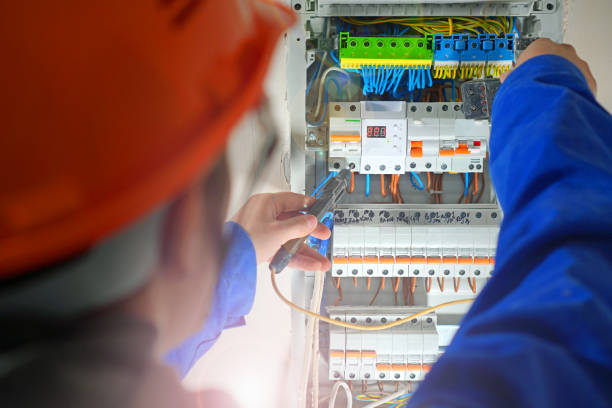
Advanced Technologies for Higher Efficiency:
Manufacturers employ various advanced technologies and design features to enhance inverter efficiency:
Maximum Power Point Tracking (MPPT): Inverters equipped with MPPT technology optimize the power output from solar panels by continuously tracking and adjusting to operate at the maximum power point, even under varying conditions like changes in sunlight intensity or temperature.
Transformer less Design: Certain inverters feature transformer less designs that reduce energy losses associated with traditional transformer-based inverters, thus improving overall efficiency.
Improved Cooling Systems: Efficient cooling mechanisms, such as advanced heat sinks or cooling fans, help dissipate excess heat, maintaining optimal operating temperatures and maximizing efficiency.
Enhanced Semiconductor Materials: Innovations in semiconductor materials and components contribute to reducing electrical losses within the inverter, further improving efficiency.
Application and Benefits:
High-efficiency inverters are particularly advantageous in solar PV systems, where maximizing energy yield is crucial. They help increase the overall energy harvest from solar panels by minimizing conversion losses, thereby maximizing the system’s output and potential energy savings.
Regulatory Standards and Certifications:
In some regions, inverters must adhere to specific regulatory standards and certifications related to efficiency. Certifications such as the California Energy Commission (CEC) efficiency standards or the European Union’s (EU) standards ensure that inverters meet minimum efficiency requirements.
Selecting an inverter with high efficiency is beneficial for improving the performance and output of solar PV systems, reducing energy losses, and maximizing the return on investment by optimizing the utilization of renewable energy sources. Continuous advancements and innovations in inverter technology aim to further increase efficiency levels, making them an integral component in efficient energy conversion systems.
Do power inverters drain the car battery?

Power inverters can indeed drain a car’s battery if they are used while the vehicle’s engine is turned off or if the electrical load exceeds the capacity of the car’s charging system. When the engine is not running, the alternator, which charges the battery, is not generating electricity. In this scenario, using a power inverter to run devices or appliances from the car’s battery can gradually deplete the battery’s charge.
The amount of drain depends on the power rating of the inverter and the power consumption of the connected devices. Larger inverters or devices with high power requirements draw more current from the battery, leading to faster depletion.
It’s essential to exercise caution and avoid prolonged use of a power inverter without the engine running to prevent excessive discharge of the car’s battery. If using the inverter while the engine is off, it’s advisable to periodically start the vehicle to recharge the battery or limit the use of the inverter to prevent draining the battery to a critical level that may hinder starting the car. Additionally, monitoring the car’s battery level and considering a separate auxiliary battery or a portable power station for prolonged or high-power usage can help mitigate potential battery drainage issues.
What is Solar Power Inverter?
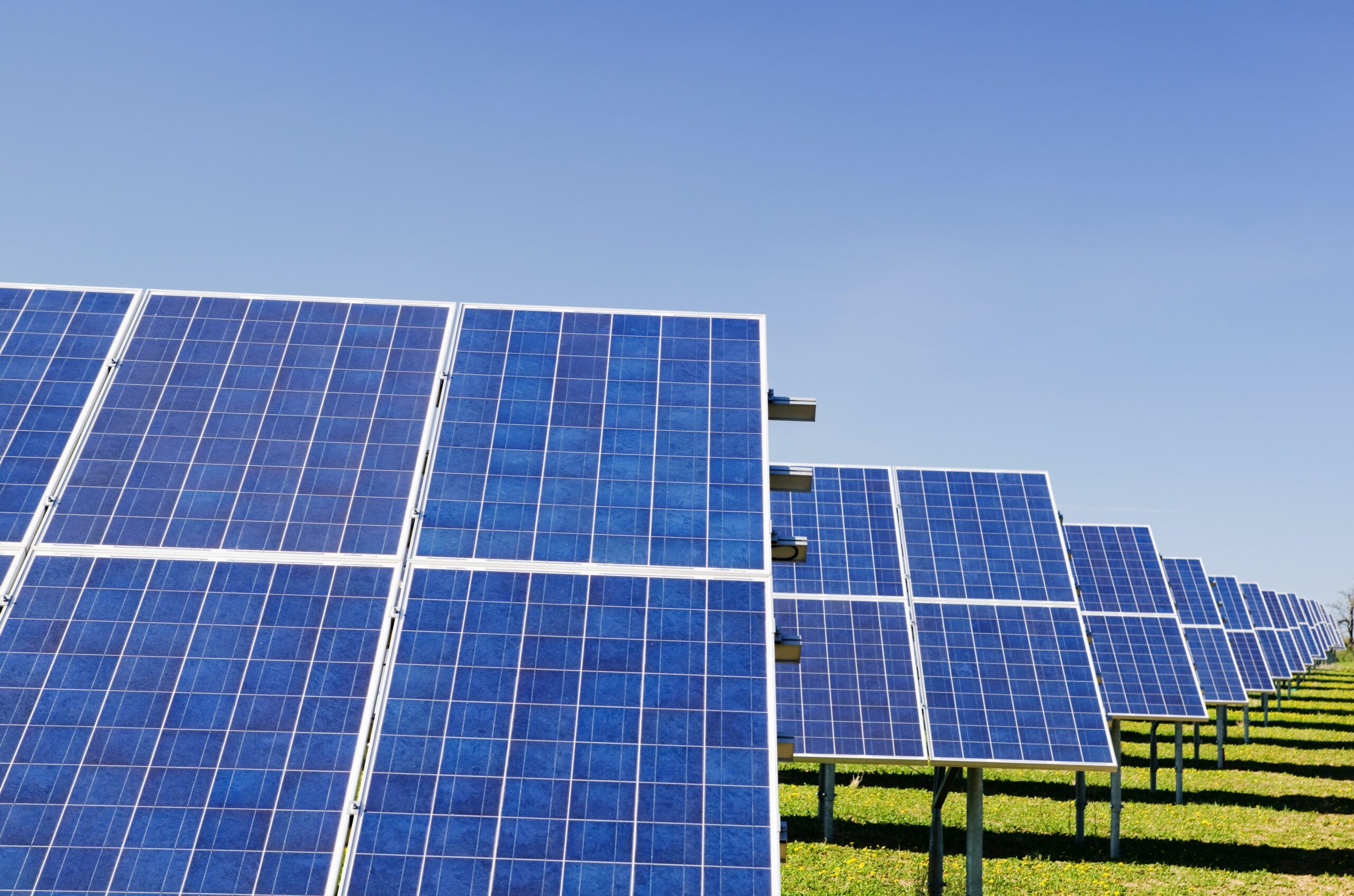
Certainly! A solar power inverter is a critical component in a solar photovoltaic (PV) system that converts the direct current (DC) electricity generated by solar panels into alternating current (AC) electricity suitable for use in homes, businesses, or the utility grid. Here are details about solar power inverters:
Functionality:
Solar power inverters are essential for transforming the DC electricity produced by solar panels into AC electricity, which is the standard form of power used in most household appliances and the electrical grid. They ensure that the electricity generated by solar panels is compatible with household appliances and can be used directly or fed into the grid.
Types of Solar Power Inverters:
String Inverters: These are commonly used in residential and commercial solar installations. They are installed in strings, where multiple solar panels are connected to one inverter. String inverters are cost-effective but may be prone to performance issues if one panel in the string under performs due to shading or debris.
Micro inverters: Every single solar panel has a micro inverter fitted.They optimize the output of each panel independently, mitigating issues related to shading, panel orientation, or panel mismatch. Micro inverters generally offer increased efficiency compared to string inverters, especially in systems with varying panel conditions.
Power Optimizer: These devices, often used in conjunction with string inverters, optimize the output of each solar panel. Power optimizer, like micro inverters, mitigate performance issues caused by shading or panel mismatch, improving the overall efficiency of the solar PV system.
Hybrid (Battery) Inverters: These inverters incorporate both solar PV system integration and battery storage functionality. They manage the charging and discharging of batteries while converting DC power from the solar panels to AC power for use in the home. Hybrid inverters enable energy storage and grid interaction, providing backup power during grid outages.
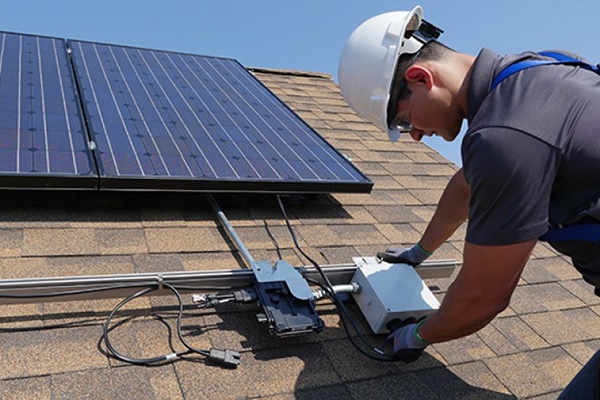
Efficiency and Monitoring:
Solar power inverters vary in efficiency, with high-quality inverters achieving higher conversion rates from DC to AC power. Many modern inverters come with monitoring capabilities, allowing users to track the performance of their solar system remotely through mobile apps or web interfaces. Monitoring helps identify potential issues and optimize system performance.
Grid-Tie Inverters and Net Metering:
Grid-tie inverters synchronize the solar PV system with the utility grid. Excess electricity generated by the solar panels can be fed back into the grid through these inverters. This surplus electricity is often credited to the user through net metering programs, reducing electricity bills or potentially generating revenue.
Compatibility and Safety Standards:
It’s crucial to select a solar power inverter that meets local safety and grid compliance standards. Compatibility with the solar panel configuration, proper sizing, and compliance with local regulations are essential factors when choosing a solar power inverter.
Solar power inverters play a pivotal role in harnessing solar energy efficiently and ensuring compatibility with existing electrical systems, making them a key component in residential, commercial, and utility-scale solar installations. Choosing the right type and quality of inverter is essential for optimizing the performance and longevity of a solar PV system.
8-Most Popular brands of Power Inverters and their prices.
As Several reputable brands are known for manufacturing high-quality power inverters suitable for various applications. Prices can vary based on the inverter type, capacity, and additional features. Here are some popular power inverter brands and a general price range:
Xantrex:

Xantrex is recognized for its reliable inverters for residential, commercial, and industrial applications. Prices for Xantrex inverters can start from around $200 for smaller inverters suitable for powering basic electronics and appliances, while larger models or those with higher power capacities can range from $500 to $2,000 or more.
AIMS Power:
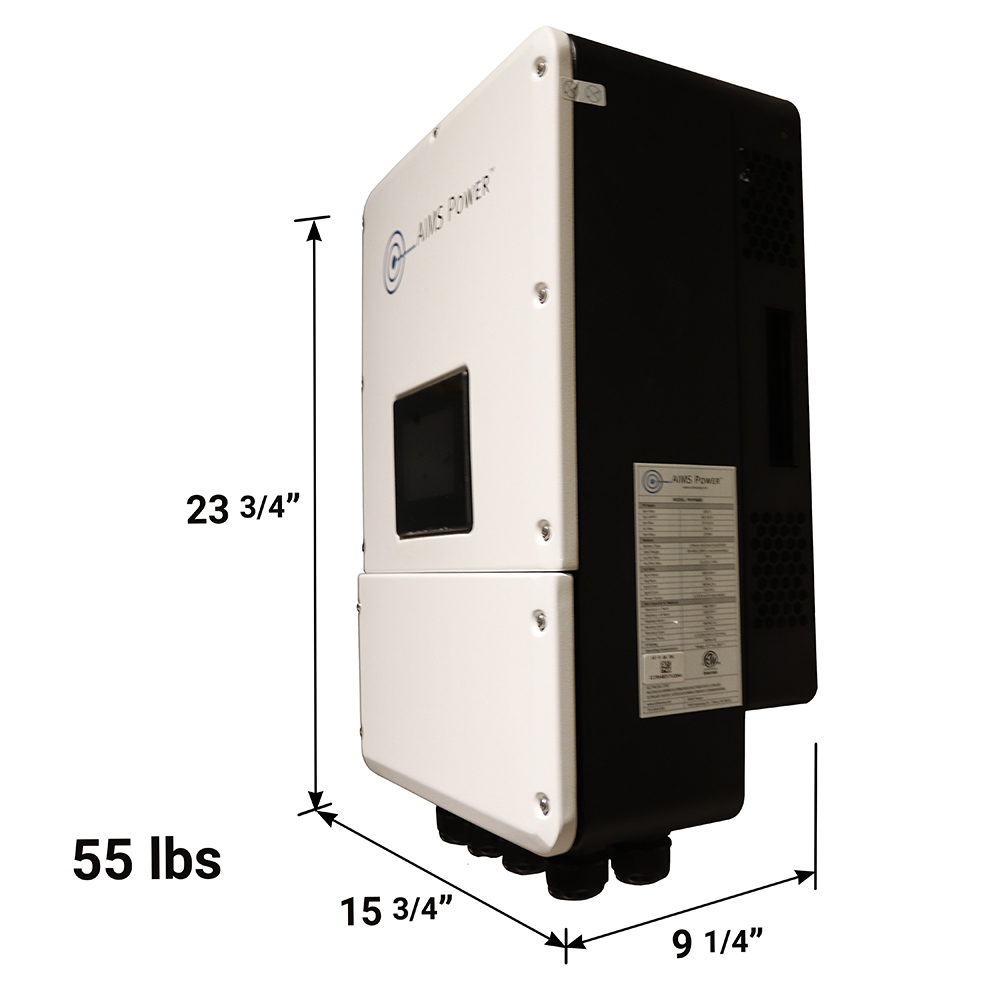
AIMS Power offers a range of inverters suitable for off-grid, RV, marine, and backup power systems. Prices for AIMS Power inverters can start from approximately $150 for lower-capacity models and go up to $1,000 or more for higher-capacity inverters designed for larger applications.
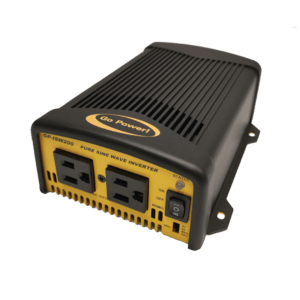
Go Power! specializes in inverters and solar power solutions for RVs, boats, and off-grid living. Their inverters cater to various power needs, and prices generally start around $200 for smaller inverters, while larger inverters with higher capacities may cost between $500 and $1,500 or more.
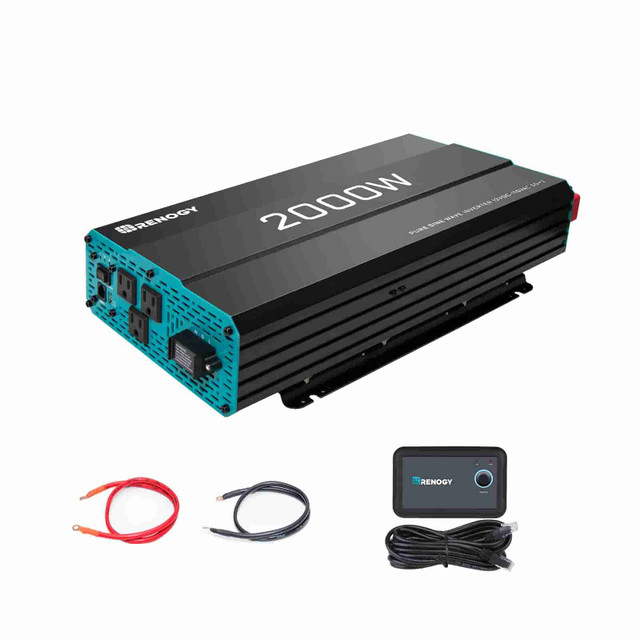
Renogy offers inverters suitable for solar applications, including off-grid systems and residential solar installations. Prices for Renogy inverters can start from around $150 for smaller models and range up to $600 or more for inverters with higher capacities or additional features.
Energizer:

Energizer is known for producing inverters suitable for automotive, emergency backup, and small power needs. Prices for Energizer inverters can range from approximately $50 for smaller inverters to around $300 for higher-capacity inverters with additional features.
Fronius:

Fronius specializes in high-quality solar inverters for residential and commercial solar installations. Prices for Fronius inverters can start from $1,000 for smaller residential models and go up to $3,000 or more for larger commercial inverters.
Dewalt power inverter

An 80cc OHV engine with auto throttle and low-oil shutdown, which guards against engine damage, powers the 2200 watt portable generator. In the event that carbon monoxide levels become dangerous or rise quickly, the generator is automatically turned off by CO-Protect Technology. This generator has lightweight, compact design with an integrated handle for convenient carrying, as well as shielded outlets to safeguard it from even the roughest working conditions. At 25% load, the 1 gallon fuel tank can run for up to 11 hours.
Applications:
Concrete & Masonry, Electrical, Builder Re modeler, Framing & Roofing,
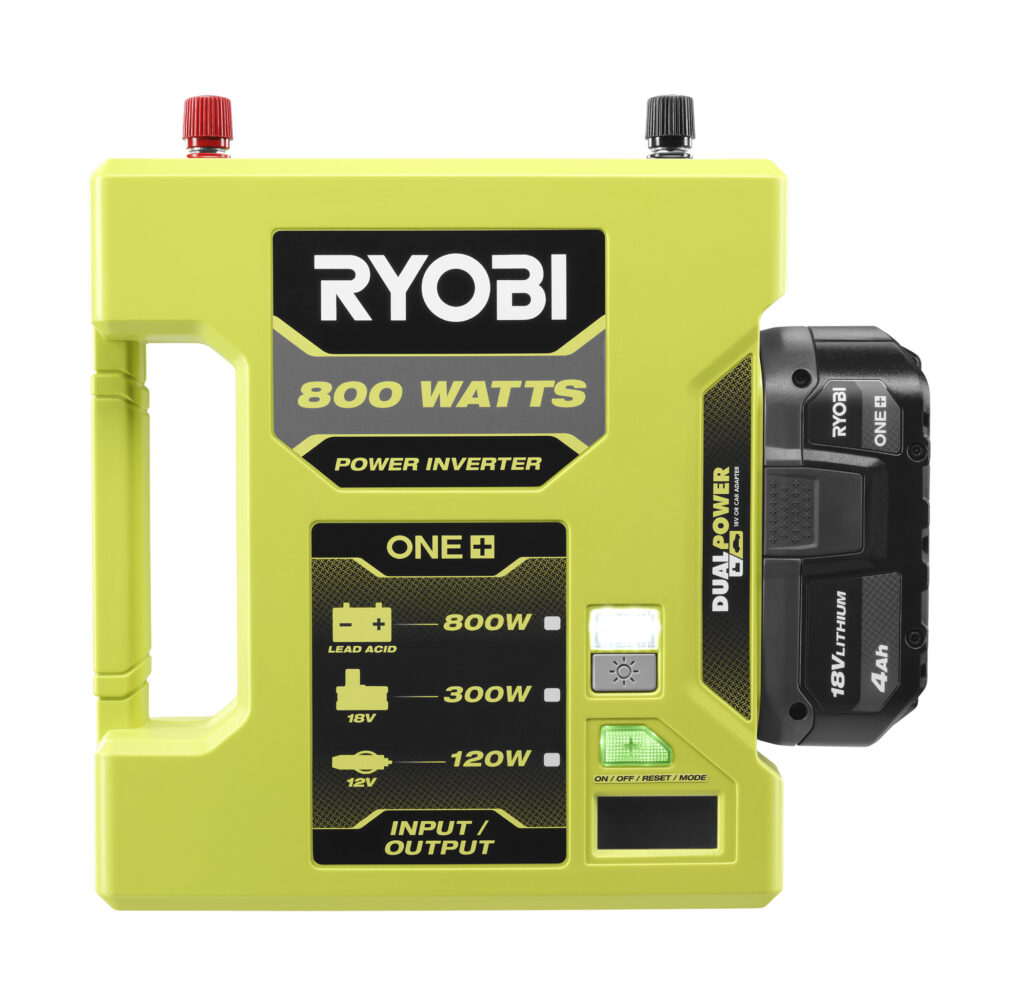
18V ONE+ 800-Watt Automotive Power Inverter
- Uses 18V ONE+ Batteries, a 12V Car Adapter, or a Car Battery
Energy or Weight Several gadgets and compact appliances
• Can run an LED light for more than five hours or charge a phone six times. Expand your RYOBI ONE+ System with the 800 Watt Automotive Power Inverter, one of RYOBI’s most versatile power sources. This power inverter utilizes 18V ONE+ batteries, a 12V car power port, or a 12V car battery for convenient, portable power. Power or charge a variety of gadgets and small appliances, including fans and lights with an 18V ONE+ lithium batteries (up to 300 watts of output), TVs and slow cookers with a vehicle battery (up to 800 watts of power), and phones and computers with a 12V car converter (up to 120 watts of output).
Please note that prices mentioned are approximate and may vary based on the specific model, retailer, and any additional features or functionalities. Before making a purchase, it’s advisable to research the desired brand and model, compare prices from different retailers or online platforms, and consider the inverter’s specifications to ensure it meets your power requirements and preferences. Additionally, prices can change over time due to market fluctuations, technological advancements, or changes in the product lineup offered by manufacturers.
For any inquiry please CONTACT US, as our team is always there to reply your relevant questions.
